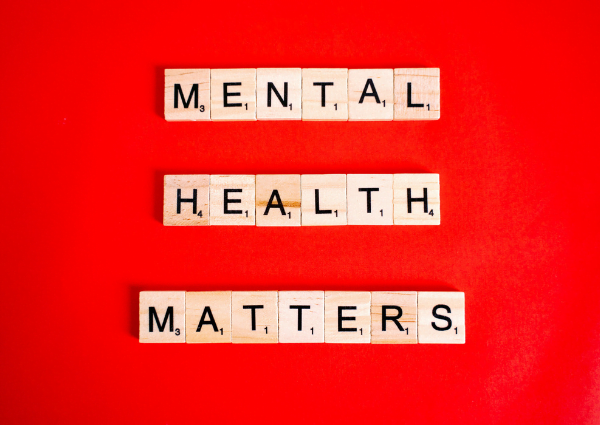We know it is not always possible to go to the gym and work out to keep yourself healthy. But taking out 15 min from your busy schedule and doing sun salutations can give many benefits to your body physically and mentally.
If you are one of them who are little aware of what is Surya namaskar and how to practice it. Then read this article to learn how to do sun salutation step by step.
Surya Namaskar is a series of asanas in itself, every part of the body gets exercised by performing Surya Namaskar. Practicing it regularly can benefit you in all joints pain like wrists, elbows, shoulders, spine, knees, ankles.
It also helps in increasing the agility of the body. Surya namaskar is useful for complete body enhancement. Sun salutations are useful to increase the dumas.
It helps in purifying the blood of your body, improving blood circulation, and removing toxins from the blood.
It often happens that we practice sun salutations for years, but you must have questions about it like how to do it?
Today we are going to discuss how to perform each step and position of a sun salutation to maximize the benefits of Surya Namaskar.
1. Namaskarasana: Both feet should be connected to each other as connecting both legs help to improve the balance of the body. Both hands should be in the middle of the chest. The elbows and wrists should be in the same line which helps to elongate your shoulder and stretch your chest.
2. Upper arm posture: It often happens that we take waist to back, chest to the front, and hand-stretched on upside makes the wrong posture.
This posture puts unnecessary strain on the waist.
By raising hands up and taking the neck too much behind can cause an imbalance of the body.
3. Uttanasana: In this posture, it is expected that the palms of both hands should be placed beside the feet. Initially, your hand will not be able to touch the ground without bending knees but with regular practice, you will be able to do it.
The neck should bend inwards and should touch the knees should be bent. Doing so will increase the flexibility in your back and knee.
4. Ekpadaprasaranasana:
In this asana, it is expected to move the legs backward without moving your placed hands from the ground.
People often do mistakes by forwarding their hands, so it does not impact positively on the thigh and hip joints.
The heels are expected to bend with both feet fully bent up to the knees. Bending the heel makes the ankle flexible.
5. Dandasana: With both feet back, shoulders, waist, and heel should be in a diagonal line. Instead, stay in the plank position. Doing so helps strengthen the wrists and shoulders.
6. Ashtanga Namaskarasana: In this position, it is expected to bring the chest forward by bending hands at an angle.
But we often do mistakes by placing knees on the ground and relaxing whole-body weight on the knees.
7. Bhujangasana: Try to lift the whole body by straightening the arms at the corners. Try to move the neck back as much as possible, so that the spine bends backward from the neck to the waist to increase its flexibility.
8. Adhomukhashvanasana: It is expected to push the spine towards the feet with the help of hands. It is expected to keep the heel of the foot on the ground. As soon as this happens, the muscles of the pelvis and the muscles of the back of the thigh will be stretched. This will free the blood vessels to relieve pain in the knees.
9. Ekpadaprasaranasana: When bringing the back placed leg forward, it does not come forward due to the size of the abdomen or lack of flexibility in the thigh muscles.
In such a case, the leg comes forward by turning around on the outside. But the foot is expected to come in between both hands.
10. Uttanasana: In this asana, it is expected to repeat asana number 3 with forwarding another leg.
For this, both the legs should be brought forward in the line of both hands
11. Upper arm posture: In this position, while breathing, with both hands on the chest, take a sitting position with the chest muscles stretching the abdominal muscles, which will completely relieve the contraction and spreading tension of the spinal cord during sun salutation. When the body is stretched properly, the body will acquire lightness.
12. Namaskarasana: The sun salutation should be performed systematic way so that at last position should be with both legs joined and the salutation of both hands should be in the middle of the chest.
Only after adjusting each seat in this way can the sun, mascara benefit the waist, back, and knees.



